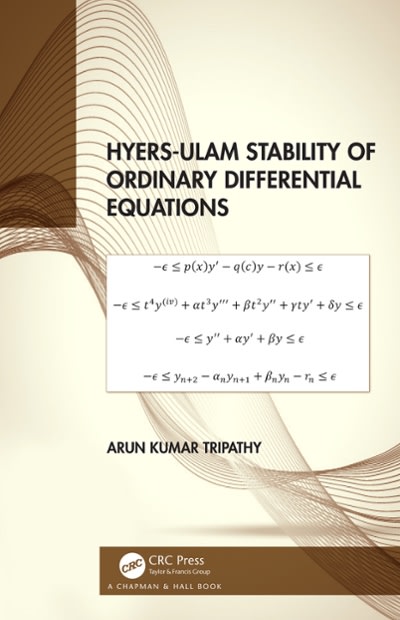ExtraCredit-05: Problem 10 Problem Value: 1 point(s). Problem Score: 80%. Attempts Remaining: Unlimited. (1 point) The 2010 General Social Survey asked 1248 US residents: "Do you think the use of marijuana should be made legal, or not?" Of the respondents, 581 said it should be made legal. 1. The value 46.55% is a... O A. sample statistic O B. population parameter 2. Construct a 95% confidence interval for the proportion of US residents who think marijuana should be made legal, and interpret it in the context of the data. Round your results to four decimal places. 3. Identify each of the statements below as TRUE or FALSE. False v 1. There is a 95% chance that the proportion of US residents who think marijuana should be made legal falls within the interval computed in part 2. False v 2. The opinion of marijuana legalization of 95% of US residents falls within the interval computed in part 2. True v 3. We are 95% confident that the true proportion of US residents who think marijuana should be made legal falls within the interval computed in part 2. True 4. If we repeated this study many times, we would expect approximately 95% of future intervals to contain the true proportion of US residents who think marijuana should be made legal. False * 5. If we repeated this study many times, we would expect the sample proportion of US residents who think marijuana should be made legal to fall within the interval computed in part 2 approximately 95% of the time. 4. A critic points out that this 95% confidence interval is only accurate if the statistic follows a normal distribution, or if the normal model is a good approximation. Is this true for these data? Yes , because there are at least 10 successes and 10 failures in the sampleExtraCredit-05: Problem 11 Problem Value: 1 point(s). Problem Score: 25%. Attempts Remaining: Unlimited. (1 point) Elderly drivers. A polling agency interviews 838 American adults and finds that 545 think licensed drivers should be required to retake their road test once they reach 65 years of age. Round all answers to 4 decimal places. 1. Calculate the point estimate for the proportion of American adults that think licensed drivers should be required to retake their road test once they reach 65 years of age. 2. Calculate the standard error for the point estimate you calculated in part 1. 3. Calculate the margin of error for a 95% confidence interval for the proportion of American adults that think licensed drivers should be required to retake their road test once they reach 65 years of age 4. What are the lower and upper limits for the 95% confidence interval. 5. If we decided to use a higher confidence level, the confidence interval would be: O A. wider O B. narrower O C. stay the same If we used the same confidence level with a larger sample, the confidence interval would be: O A. narrower O B. wider O C. stay the same 6. Use the information from the polling agency to determine the sample size needed to construct a 95% confidence interval with a margin of error of no more than 3.6%. For consistency, use the reported sample proportion for the planning value of p* (rounded to 4 decimal places) and round your Z-value to 3 decimal places. Your answer should be an integer.ExtraCredit-05: Problem 8 Problem Value: 1 point(s). Problem Score: 0%. Attempts Remaining: Unlimited. (1 point) Chronic Illness ~ A recent survey asked a large sample of U.S. adults about their health. The report from the survey calculated that (0.41, 0.5) is a 99% confidence interval for the proportion of U.S. adults who say they "live with one or more chronic conditions." Round all answers to four decimal places. 1. Use the reported confidence interval to find the sample proportion, p, used to calculate the confidence interval. p= 2. Use the reported confidence interval to find the margin of error for the interval. ME = 3. Use the reported confidence interval to find the standard error for the interval. SE; = 4. Use the sample proportion and the standard error to calculate a 90% confidence interval using the same survey data.ExtraCredit-05: Problem 9 Problem Value: 1 point(s). Problem Score: 0%. Attempts Remaining: Unlimited. (1 point) Fireworks. Last summer, Survey USA published results of a survey stating that 291 of 519 randomly sampled Kansas residents planned to set off fireworks on July 4th. Round all results to 4 decimal places. 1. Calculate the point estimate for the proportion of Kansas residents that planned to set off fireworks on July 4th 2. Calculate the standard error for the point estimate you calculated in part 1. 3. Calculate the margin of error for a 99 % confidence interval for the proportion of Kansas residents that planned to set off fireworks on July 4th. 4. What are the lower and upper limits for the 99 % confidence interval. 5. Use the information from Survey USA poll to determine the sample size needed to construct a 99% confidence interval with a margin of error of no more than 3.7%. For consistency, use the reported sample proportion for the planning value of p* (rounded to 4 decimal places) and round your Z-value to 3 decimal places. Your answer should be an integer










